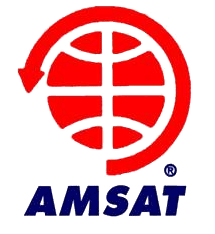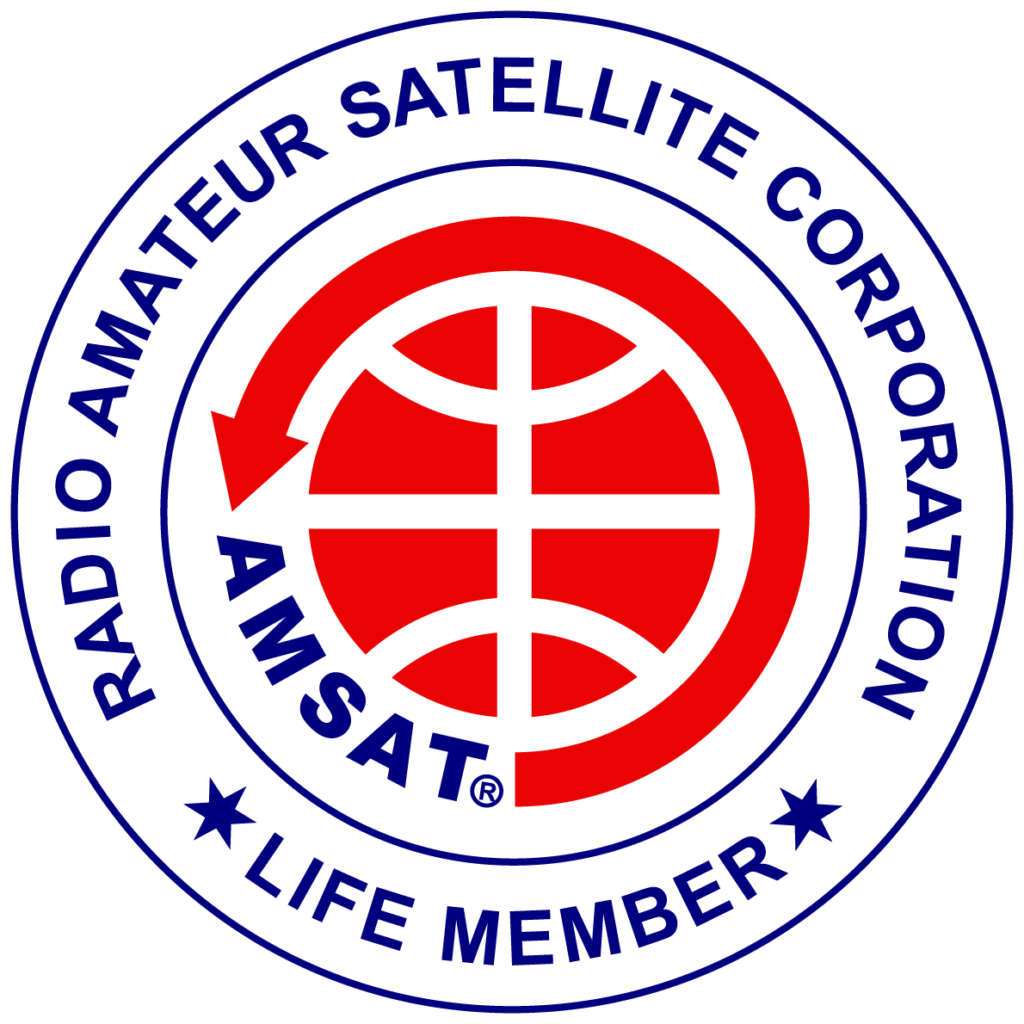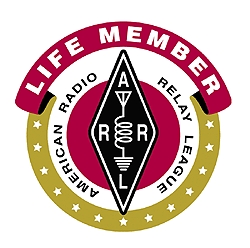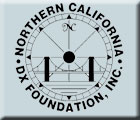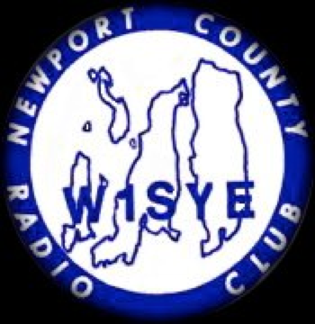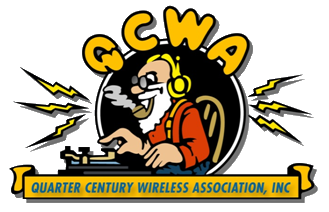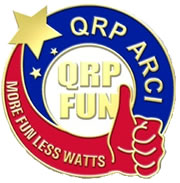Mike Cullen, K1NPT, of NewportReady fame, and I ran a series of experiments over 2 meter simplex for a couple of hours tonight. We wanted to get our equipment setup to use FLDIGI and various accessory modules (FLMSG, FLWRAP, FLRIG, etc.). In Mikes case, he was using a 10 watt rig with a SoundLink USB interface attached to his computer. I was using the integrated USB command/audio port on my IC-9100 and about 25 watts.
Our initial attempts to get keyboard to keyboard messaging using MT63-2000 failed for a couple of reasons. On my end, the audio output level from the IC-9100 was over driving the USB CODEC. It was necessary to adjust the “Recording Device” slider for the USB CODEC down to level 1 (out of 100). That gave about a mid-scale audio reading on the FLDIGI VU meter (lower right green bar), and a waterfall that wasn’t stuck at bright yellow all the time. On Mike’s end, he had to configure the MT63-2000 modem to disallow manual tuning which would allow the tones to be shifted manually. While that might be a nice feature for HF, it isn’t desirable for VHF-FM which isn’t drifting around — his tones had accidentally been shifted down 500 Hz.
After working those kinks out we were able to send ICS-213 Message Reports between the two stations with no problem. They would be deposited into a directory, and would automatically pop-up a HTML version in a browser window. Our next test involved sending a CSV spreadsheet file, which also worked just fine. While all of this data could be sent over an audio link, sending it digitally means it gets there with no errors and doesn’t have to be typed onto a form on the receiving end. FLMSG has many different built-in forms, including ICS and ARRL forms. It takes about 1 minute to send a 1KB file. Not lightning fast, but there is a lot of error correction and checking going on.
The final test of the night really drove home the NBEMS story — Mike disconnected his Signal Link and simply held his FM-rig microphone up to his computer speaker and successfully sent a form to me, and was able to decode a form that I sent by using his computer microphone placed on top his rig’s speaker. The NBEMS story really is both high tech, and low tech all at the same time.
Now to try and drum up some interest in the RI ham community.

